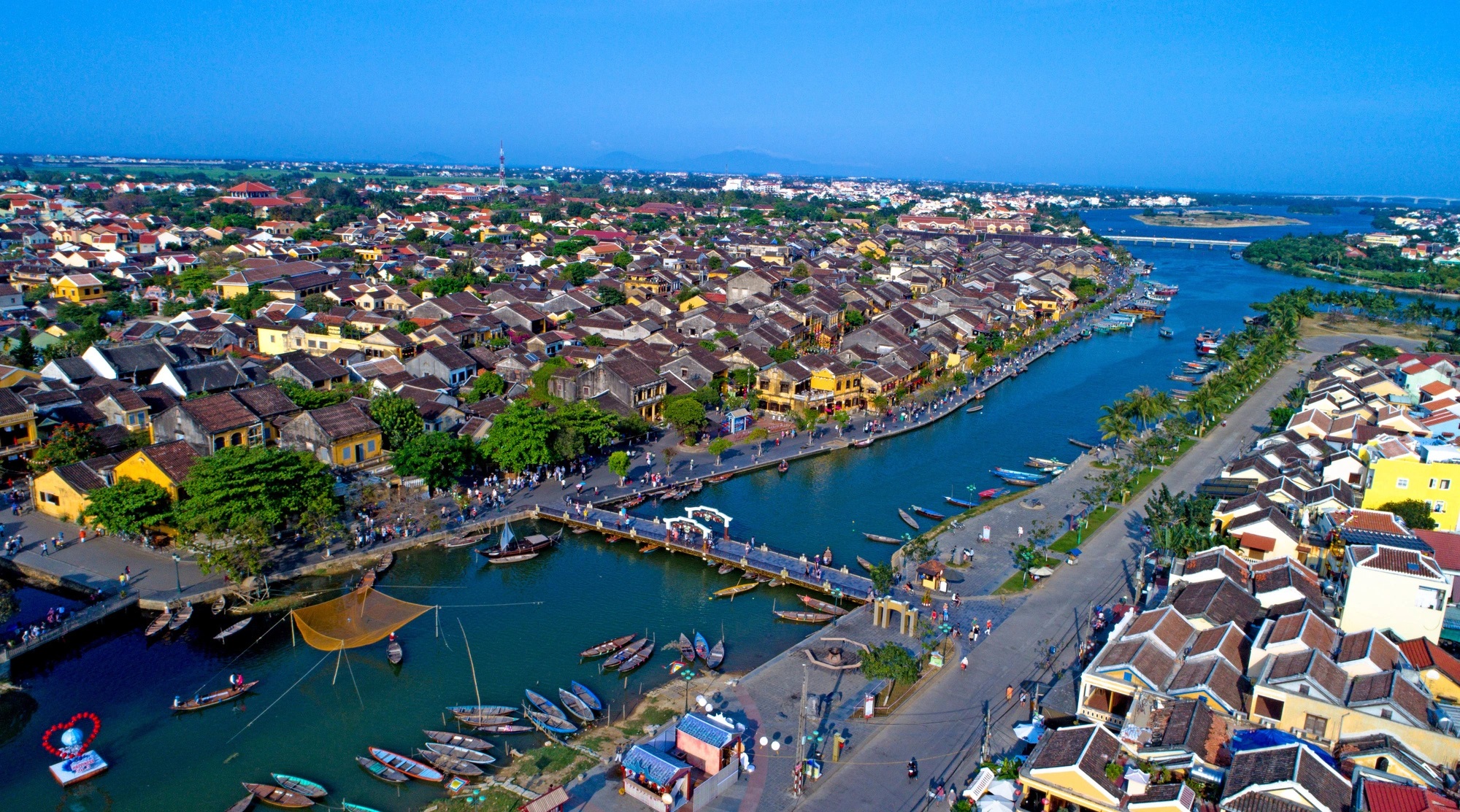
In the era of globalisation, preserving and upholding the values of heritage is an important task that contributes to popularising the image of Vietnam and its people, and plays a role in building the national brand.
On October 19, 1978, Vietnam joined the Convention Concerning the Protection of the World Cultural and Natural Heritage (1972 Convention) of the United Nations Educational, Scientific and Cultural Organisation (UNESCO).
During 35 years since joining UNESCO’s 1972 Convention, Vietnam has made important strides in the protection and promotion of the world heritage values, which have been recognised by the international community.
Since formally joining and becoming a member state of the 1972 Convention, Vietnam has gradually built and refined its legal framework for cultural heritage to align with the spirit of the Convention. The management system for world heritage, from central to local levels, has been strengthened while resources for the effort have been prioritised and fully tapped.
The Cultural Heritage Law was passed by the Vietnamese National Assembly on June 29, 2001, consisting of 74 articles divided into 7 chapters that regulate activities related to the protection and promotion of cultural heritage values, as well as the rights and obligations of organisations and individuals concerning cultural heritage in Vietnam.
Vietnam now has nine world heritage items recognised by UNESCO, comprising five cultural, three natural and one mixed heritage sites. Phong Nha-Ke Bang National Park, Ha Long Bay and Trang An Scenic Landscape Complex are natural heritage sites. The Complex of Hue Monuments, Hoi An Ancient Town, My Son Sanctuary, Imperial Citadel of Thang Long – Hanoi, and the Ho Dynasty Citadel are cultural heritage sites.
The Trang An Scenic Landscape Complex is the only mixed heritage site in Vietnam and Southeast Asia and one of the few 38 mixed heritage sites recognised by UNESCO. Trang An is the first dual heritage site in Vietnam and Southeast Asia.
Thanks to successful efforts in conserving and upholding heritage values, Vietnam has received recognition from UNESCO for nearly 50 heritage items over the past more than three decades. Among them, there are 28 tangible and intangible cultural heritage items recognised as World Cultural Heritage, eight World Heritage sites, three Memory of the World heritage items, 11 World Biosphere Reserves, and three Global Geoparks.
The recognition is not only a source of pride for Vietnamese people but also an opportunity for the international community to share and enjoy the cultural and spiritual values of Vietnam.
The world heritage sites in Vietnam have been making effective and positive contributions to sustainable socio-economic development by creating jobs at the local level and helping develop tourism, trade, and investment. They also play a crucial role in popularising the national image, culture, history, and traditions of Vietnam to international friends.
Within the framework of UNESCO in general and the 1972 Convention in particular, Vietnam has been a responsible and reputable member which always well fulfill its obligations, earning recognition and appreciation from the international community.
In the 2013-2017 period, Vietnam was elected as a member of the World Heritage Committee, a body consisting of 21 countries representing the member states of the 1972 Convention, responsible for promoting the conservation and promotion of the values of world cultural and natural heritage on the global scale.
Within the framework of the 9th session of the General Assembly of the States Parties to the Convention for the Safeguarding of the Intangible Cultural Heritage (2003 Convention), Vietnam was elected to the Inter-Governmental Committee of the 2003 Convention for the 2022-2026 tenure with 120 votes, the highest among the countries elected.
It is the second time Vietnam has undertaken this important role in UNESCO’s key cultural governing institution. The election holds significance on multiple aspects, demonstrating Vietnam’s improving position and reputation on the international stage and the international community’s trust in Vietnam’s ability to contribute and manage effectively in global multilateral mechanisms.
The member states of the 2003 Convention shared the view that Vietnam’s experience, knowledge, and efforts in safeguarding and upholding intangible cultural heritage in terms of theory, legislation, and practice serve as valuable lessons for many nations both regionally and internationally.
Vietnam could make even greater contributions to the effective implementation of the Convention, actively join in the protection of at-risk heritage, preserve heritage that represent humanity, and promote well-preserved heritage models worldwide./.